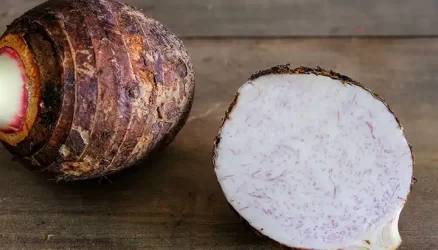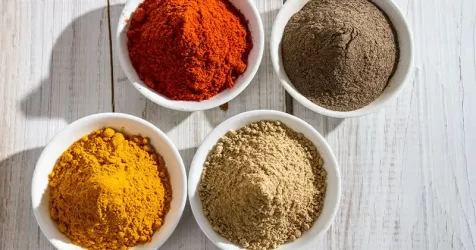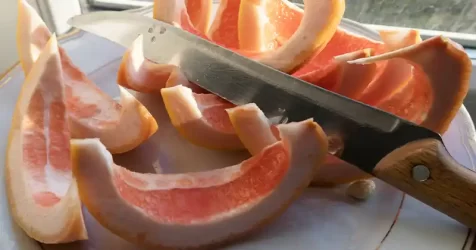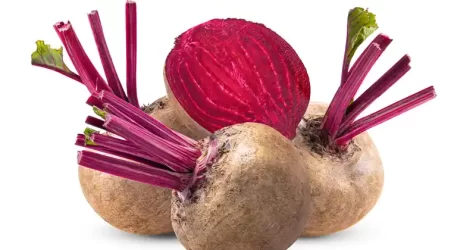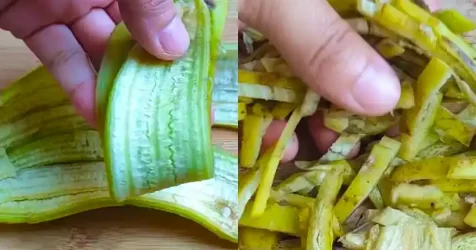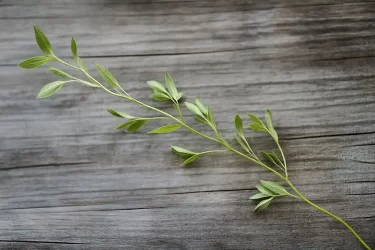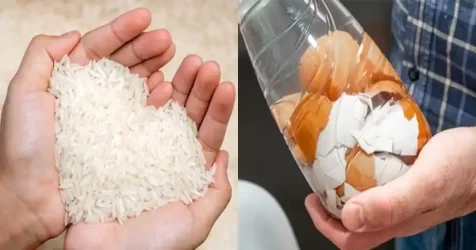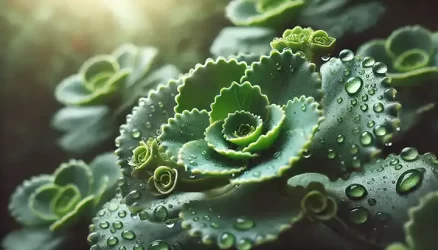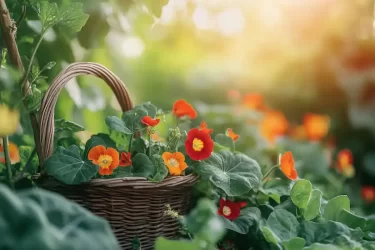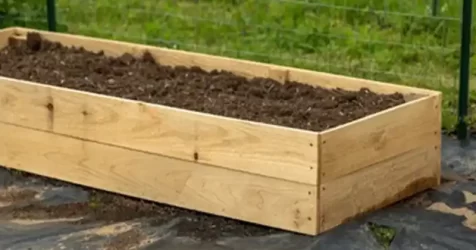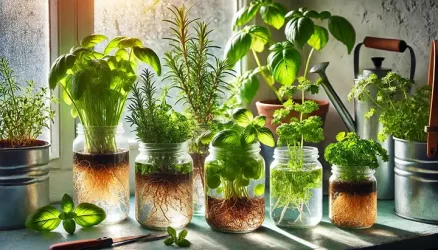Learn to Grow Rosemary Inside Your Home and in Pots
The rosemary can be an herb great for growing indoors, so that you can enjoy throughout the year. I anticipate that rosemary is not as easy to grow indoors as other herbs.

However, with a little practice, you will find that this herb is exactly what you are looking to add to your indoor herb garden.
How to grow rosemary indoors

When growing rosemary indoors, you may need a few things to help you develop a proper grow setup. The first item is a grow light. You can also use LED lights.
If you don’t have a sunny enough spot in your home, your rosemary may need to supplement its lighting needs with a grow light .
The other items you will need to grow this plant are a well-drained pot and a spray bottle.
Choosing the right pot will make all the difference to your growing experience, and the spray bottle is there to help produce the right moisture around the plant.
Reproduce rosemary by cuttings
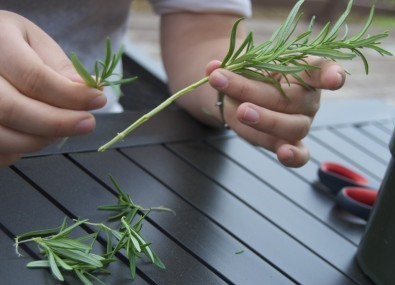
Let’s start with the easiest methods of growing rosemary. The first way is to grow this herb from a seedling.
Use a scissors to remove a piece of mature plant. Leave at least 2.5 cm or 5 cm at the base of the plant for the foliage to grow back.
The cutting should be about 6 inches long . Remove the foliage from the bottom of the stake and place it in a glass of water.
The idea is that the cut is submerged in the water from the bottom. The rest should be left out of the container.
Over the course of about 1 month, the cutting should take root. When you see this happen, transplant the cutting into a container with well-draining soil.
Sowing rosemary seeds
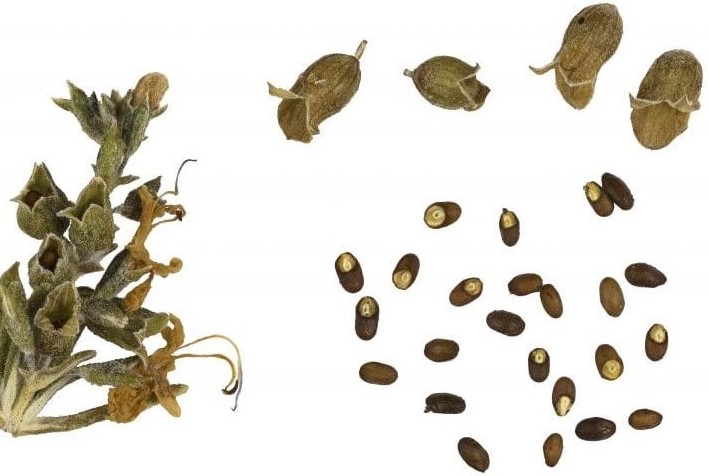
The last, and most difficult, way to grow rosemary is from seed. The reason growing rosemary from seed is so difficult is because the seed is known for its low germination rate.
Start by filling your pot with clay soil that drains well. Plant 4-5 seeds in a circular container. If you are growing rosemary in an elongated container, you can grow even more.
Plant them an inch deep in the soil. Lightly cover the seeds with soil and wrap the container in plastic to help retain moisture.
The seeds should also be grown in a warm place. You can also place the containers on a grow mat to make sure the seeds get enough heat.
Once the seeds germinate, it ‘s time to add light . You can place the plants in a sunny spot or under growing light.
When the seedlings start to grow, decide which plants are the strongest. Use scissors to cut the others at ground level. If you are using a round container, you will only need one plant per container.
Rosemary care
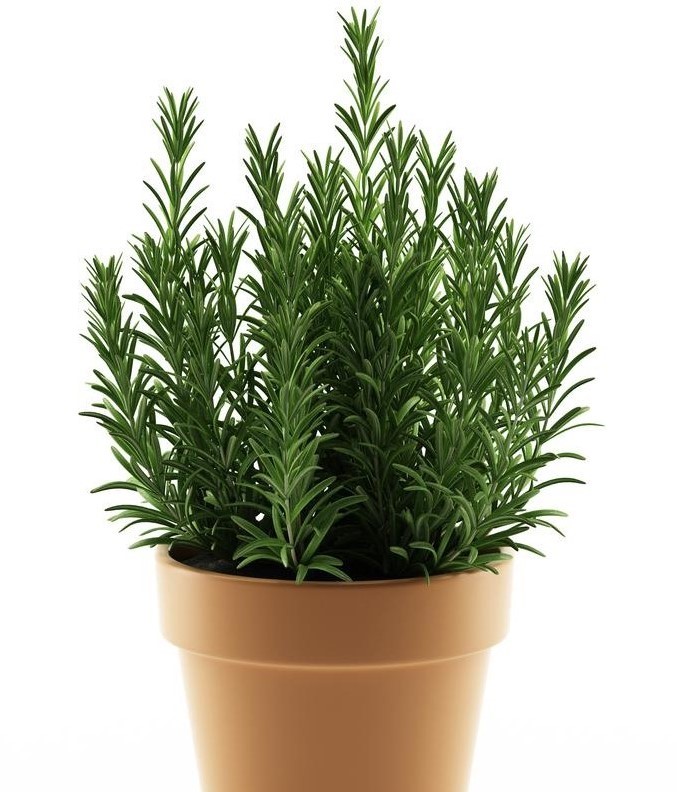
The rosemary plants have specific needs that must be satisfied for this plant thrive indoors. The herbs need water, moisture, fertilizer, air circulation adequate and should be transplanted when necessary.
Use the deep watering method for rosemary care. Place the plant in your kitchen sink and apply water slowly until it runs out of the bottom of the container.
If the soil is dry to the first knuckle, it is time for another watering session. If not, wait for another day.
The rosemary should be paid from spring to autumn. Use an all-purpose fertilizer and apply it once a month.
Pests that can affect rosemary
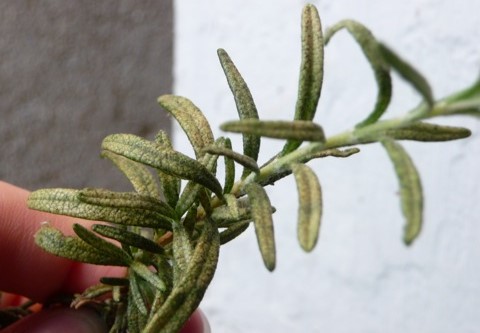
There are some pests and diseases to be aware of when growing rosemary indoors. The pests that most commonly affect rosemary in an indoor environment are aphids and whiteflies.
The good news is that they are easy to treat. If you see signs of any of these pests, spray the plant with an insecticidal soap.
The powdery mildew is the main disease that affects the rosemary indoors. You can avoid this disease by getting air to circulate properly in the plant and avoiding excess humidity.
Also, you can treat the plant with a fungicide as a preventive measure and to help cure any signs of disease in your plant.
Learn how to harvest rosemary
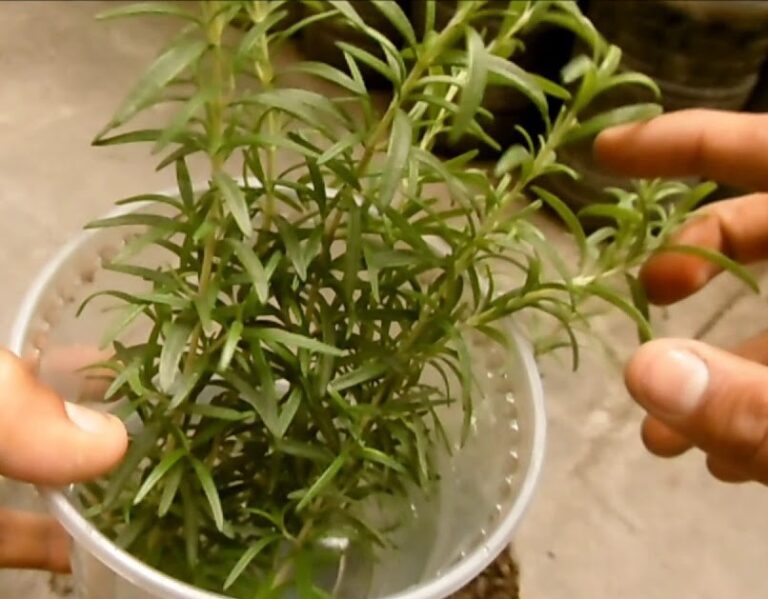
Don’t harvest your rosemary plants until they are well established. Once they are ripe and blooming, you can harvest them at any time.
The more frequent the harvest, the healthier the plant will be. Use scissors to cut the branches of the plant 2-4 inches long.
Don’t cut too close to the ground, or the plant won’t be able to grow back. When you’re done harvesting, you can use the herb fresh or dry it for later use.

